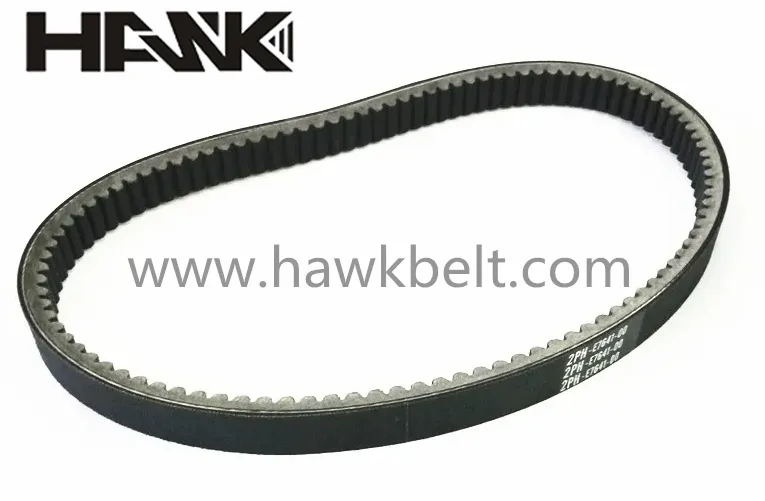- Arabic
- French
- Russian
- Spanish
- Portuguese
- Turkish
- Armenian
- English
- Albanian
- Amharic
- Azerbaijani
- Basque
- Belarusian
- Bengali
- Bosnian
- Bulgarian
- Catalan
- Cebuano
- Corsican
- Croatian
- Czech
- Danish
- Dutch
- Afrikaans
- Esperanto
- Estonian
- Finnish
- Frisian
- Galician
- Georgian
- German
- Greek
- Gujarati
- Haitian Creole
- hausa
- hawaiian
- Hebrew
- Hindi
- Miao
- Hungarian
- Icelandic
- igbo
- Indonesian
- irish
- Italian
- Japanese
- Javanese
- Kannada
- kazakh
- Khmer
- Rwandese
- Korean
- Kurdish
- Kyrgyz
- Lao
- Latin
- Latvian
- Lithuanian
- Luxembourgish
- Macedonian
- Malgashi
- Malay
- Malayalam
- Maltese
- Maori
- Marathi
- Mongolian
- Myanmar
- Nepali
- Norwegian
- Norwegian
- Occitan
- Pashto
- Persian
- Polish
- Punjabi
- Romanian
- Samoan
- Scottish Gaelic
- Serbian
- Sesotho
- Shona
- Sindhi
- Sinhala
- Slovak
- Slovenian
- Somali
- Sundanese
- Swahili
- Swedish
- Tagalog
- Tajik
- Tamil
- Tatar
- Telugu
- Thai
- Turkmen
- Ukrainian
- Urdu
- Uighur
- Uzbek
- Vietnamese
- Welsh
- Bantu
- Yiddish
- Yoruba
- Zulu
ag. . 12, 2024 08:14 Back to list
Understanding Car Timing Belts and Their Importance for Vehicle Performance and Maintenance
Understanding Car Timing Belts Importance, Function, and Maintenance
When it comes to the smooth operation of an automobile, few components are as crucial as the timing belt. This essential part plays a significant role in synchronizing the movements of the engine's internal components, ultimately ensuring optimal performance. In this article, we will delve into the importance of the timing belt, its function, and how to maintain it effectively for a longer lifespan.
Understanding Car Timing Belts Importance, Function, and Maintenance
The timing belt is often compared to the conductor of an orchestra. Just as the conductor ensures that each musician plays their part at the right moment, the timing belt ensures that each engine component operates in harmony. When the belt is in good condition, it helps the engine run smoothly and efficiently, optimizing power output and fuel consumption. Conversely, if the timing belt wears out or breaks, it can cause significant damage to the engine. In some cases, this can lead to the pistons colliding with the valves, resulting in bent valves, damaged pistons, or a complete engine failure.
car timing belts

To avoid such disastrous outcomes, regular maintenance of the timing belt is essential. Most manufacturers recommend replacing the timing belt every 60,000 to 100,000 miles, depending on the make and model of the vehicle. However, it is crucial for drivers to consult their owner’s manual or a trusted mechanic for specific recommendations tailored to their vehicle.
One critical sign that the timing belt may need attention is a ticking noise coming from the engine. If you notice this sound, it could indicate that the belt is loose or damaged. Additionally, if the engine starts misfiring or has difficulty starting, it could also be a symptom of a failing timing belt. Other warning signs include visible wear and tear on the belt, such as cracks, fraying, or excessive oil contamination.
Regular inspections can play a crucial role in maintaining the integrity of the timing belt. During routine maintenance, mechanics will typically check the condition of the timing belt, along with other components like the tensioner and pulleys, which play supporting roles in the system. Replacing the timing belt is often accompanied by replacing these related components to ensure longevity and minimize labor costs.
In conclusion, the timing belt is an essential component of an automobile that helps synchronize the engine's operations. Understanding its importance, function, and the best practices for maintenance can save drivers from costly repairs and ensure their vehicle runs efficiently. By being proactive and adhering to recommended service intervals, drivers can enjoy peace of mind and maintain the health of their engine for years to come. Proper care and attention to the timing belt are vital for anyone looking to ensure their vehicle operates smoothly and reliably. Regular checks, awareness of warning signs, and timely replacements can be the difference between a well-running car and an expensive disaster waiting to happen.
-
Korean Auto Parts Timing Belt 24312-37500 For Hyundai/Kia
NewsMar.07,2025
-
7PK2300 90916-T2024 RIBBED BELT POLY V BELT PK BELT
NewsMar.07,2025
-
Chinese Auto Belt Factory 310-2M-22 For BMW/Mercedes-Benz
NewsMar.07,2025
-
Chinese Auto Belt Factory 310-2M-22 For BMW/Mercedes-Benz
NewsMar.07,2025
-
90916-02660 PK Belt 6PK1680 For Toyota
NewsMar.07,2025
-
drive belt serpentine belt
NewsMar.07,2025

